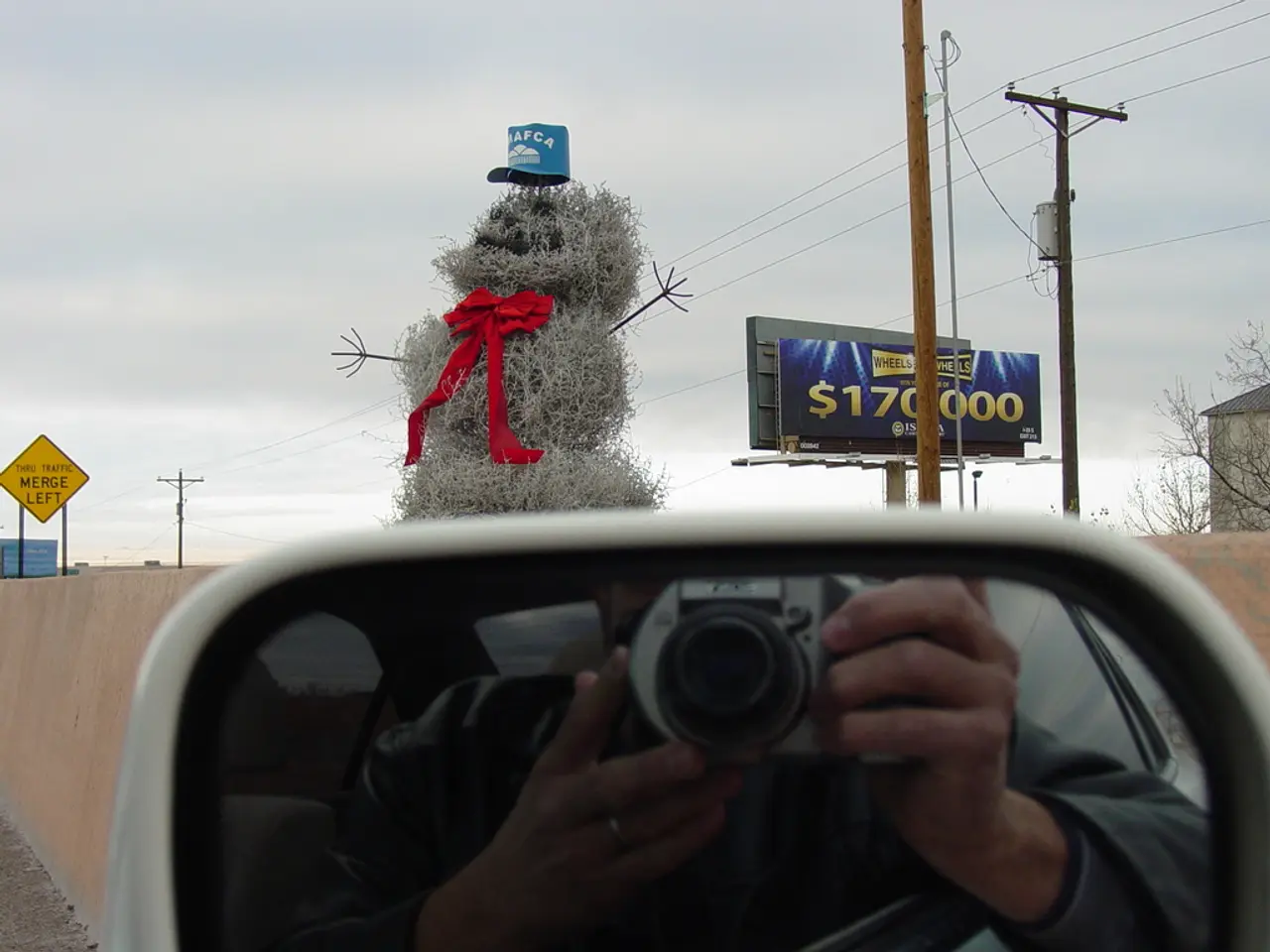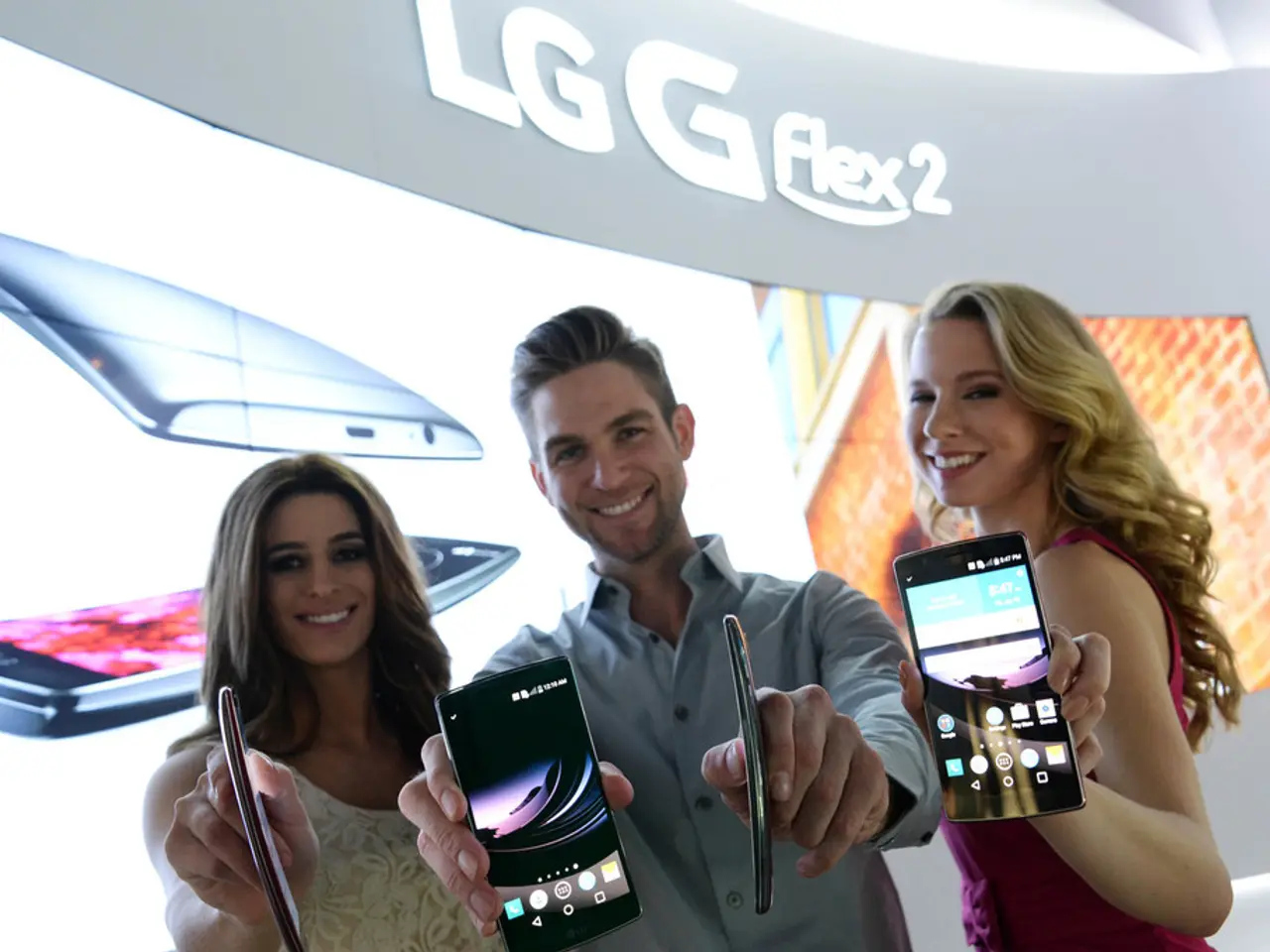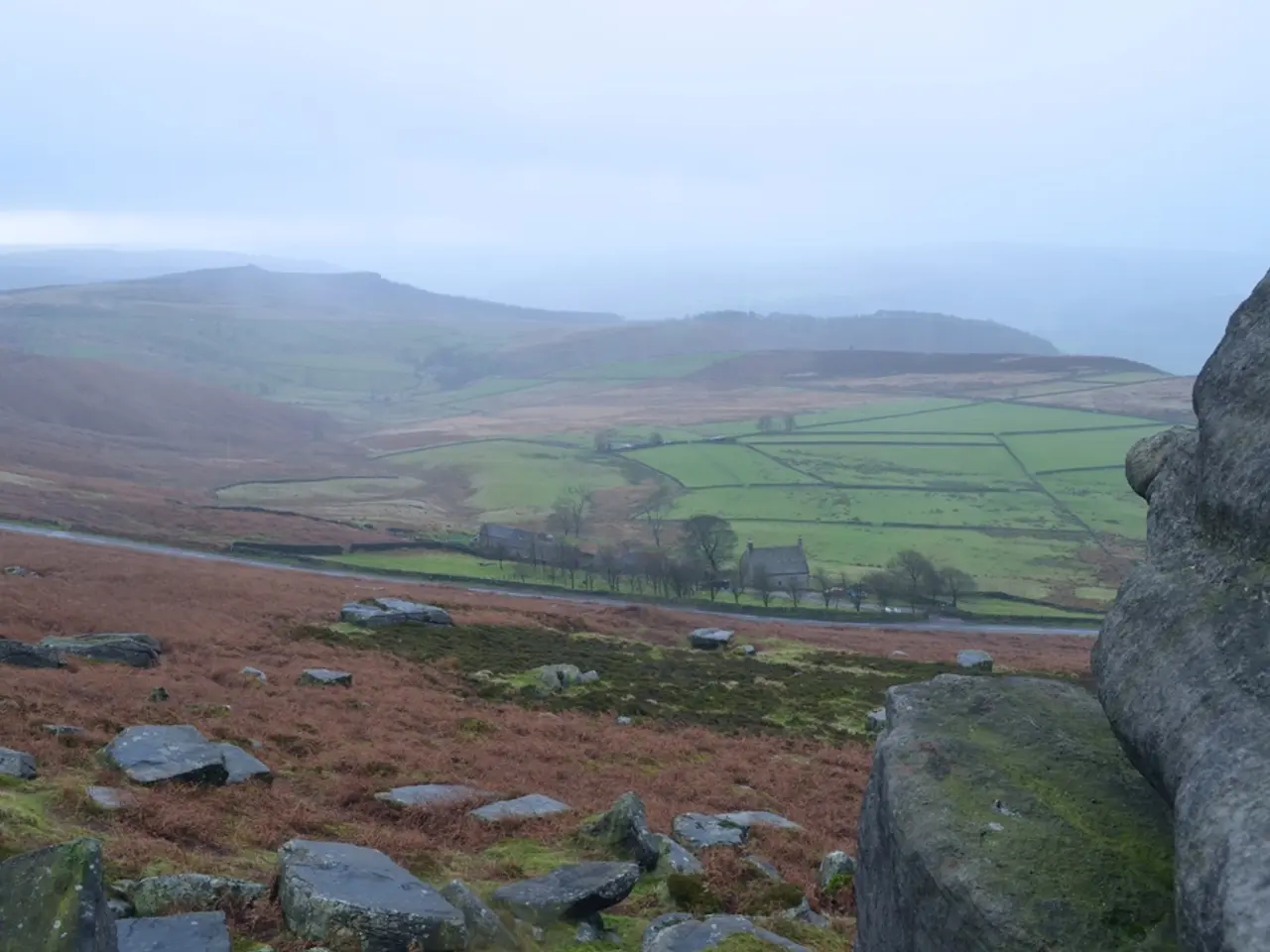Top-Rated Nikon Astrophotography Cameras of 2025
In the realm of nightscape and astrophotography, the Nikon Z8 has emerged as the standout camera, particularly in the prestigious Astronomy Photographer of the Year competition.
The Nikon Z8 boasts a 45.7MP stacked sensor with exceptional low-light performance, featuring autofocus sensitivity down to -10 EV, the lowest of any Nikon camera to date. This allows the camera to lock focus effortlessly even in the darkest conditions.
One of the key advantages of the Nikon Z8 is its wide native ISO range in Nikon's Z series, critical for capturing detailed nightscape and astrophotography images. Combined with fast shooting speeds (14 FPS mechanical shutter) and reliable, precise autofocus, it is an ideal tool for capturing transient night sky phenomena.
While other models like the Nikon Z6 III and Nikon D850 also perform strongly in low light, the Z8's newer sensor technology and superior autofocus low-light sensitivity give it a notable edge.
Although some winning images in the ZWO Astronomy Photographer of the Year competition were taken with entry-level cameras like the Nikon Coolpix P510, these are exceptions rather than the norm and do not reflect the best technical choice for nightscape professionals.
For a photographer aiming to maximize image quality and autofocus performance in nightscape and astrophotography, the Nikon Z8 stands out as the top Nikon camera choice in 2025.
The Nikon Z6 III is the latest and greatest version in Nikon's Z6 series, while the Nikon Z7 II has a higher resolution sensor compared to the Z6 II. Both are proven for astrophotography, with the Z7 II being a premium all-round camera.
The Nikon D810A is the only Nikon camera specifically optimized for astrophotography, featuring an optical IR cut filter with specific transmission characteristics in the 656nm range. It has had its sensor adjusted to capture a greater range of light for astrophotography.
There has been a shift from DSLRs to mirrorless models in recent years for astrophotography, and this trend is reflected in the top models for the past seven years. The top models include the Nikon D850, Nikon D750, Nikon Z6 II, Nikon D810A, Nikon Z7 II, and Nikon D810.
All the best cameras for landscape astrophotography have full-frame sensors, which are better in low light and have a wider field of view. Pre-astro modified versions of the Nikon Z6 II can be purchased, and the Nikon D850 allows for long exposures of up to 15 minutes without an external intervalometer and remembers last focus settings.
In conclusion, the Nikon Z8 offers the best combination of image quality, autofocus performance, and advanced features for nightscape and astrophotography in 2025.
- Mirrorless cameras like the Nikon Z8, with their exceptional low-light performance and superior autofocus capabilities, have become the preferred choice for many astrophotographers.
- Technology advancements in cameras, such as the Nikon Z8's stacked sensor and low-light sensitivity, have significantly improved the field of astrophotography, enabling professionals to capture detailed nightscape images.
- The Nikon Z8's renowned performance and features in astrophotography, including autofocus sensitivity down to -10 EV, make it the superior choice over other Nikon cameras for professionals engaged in astronomy gadgets and astrophotography.




